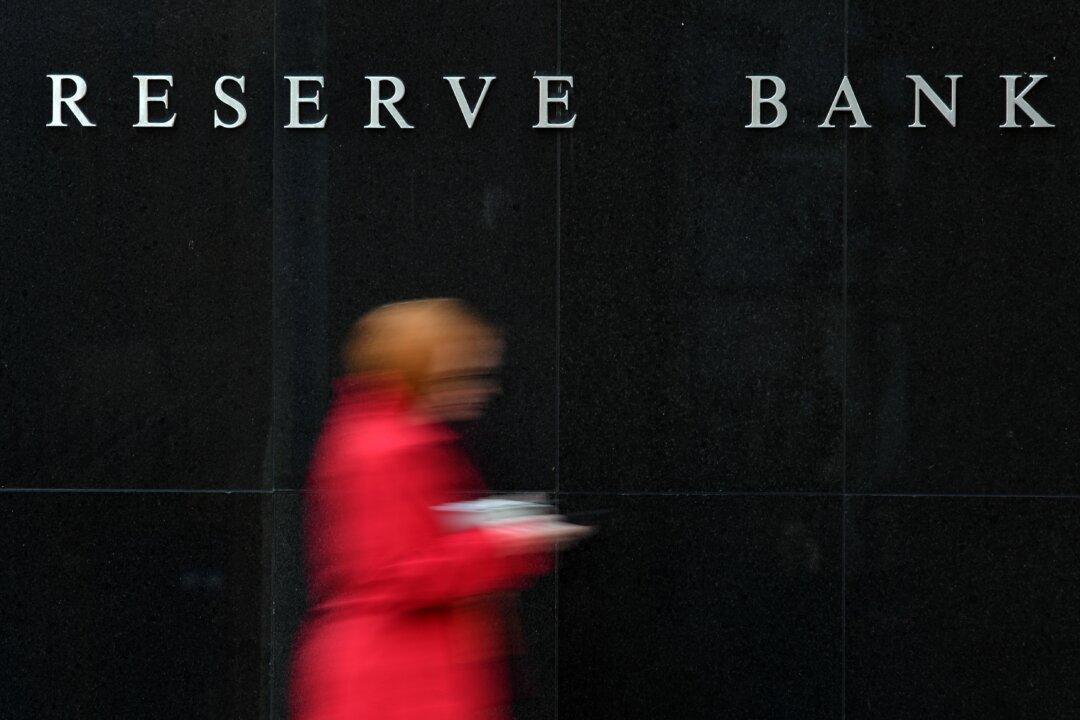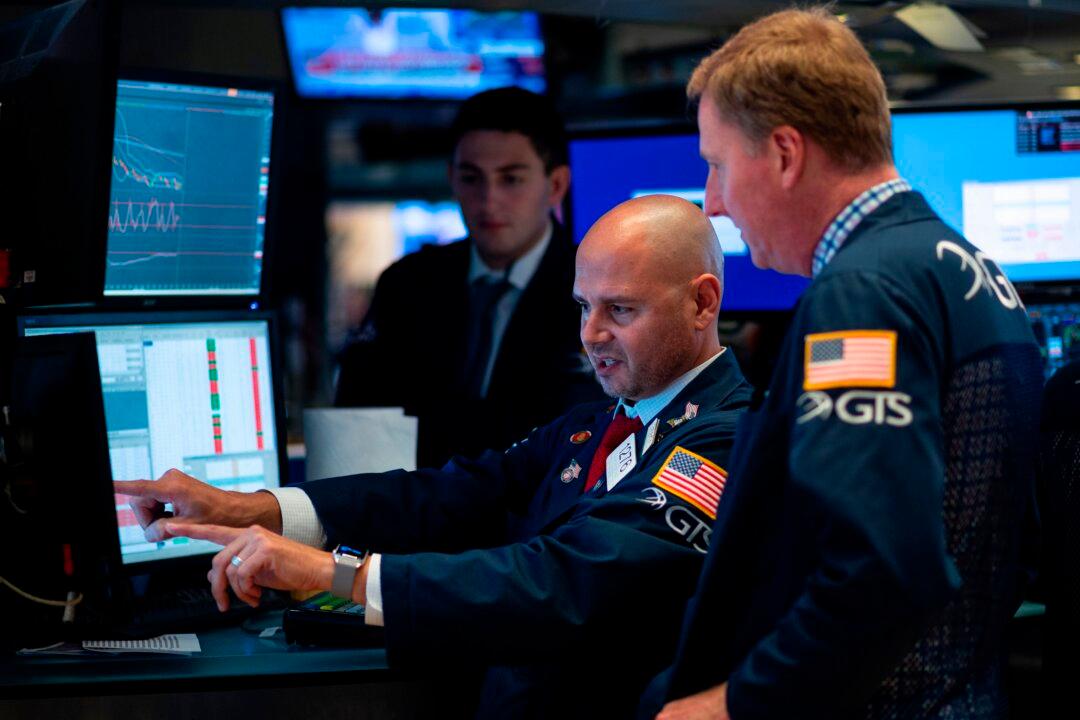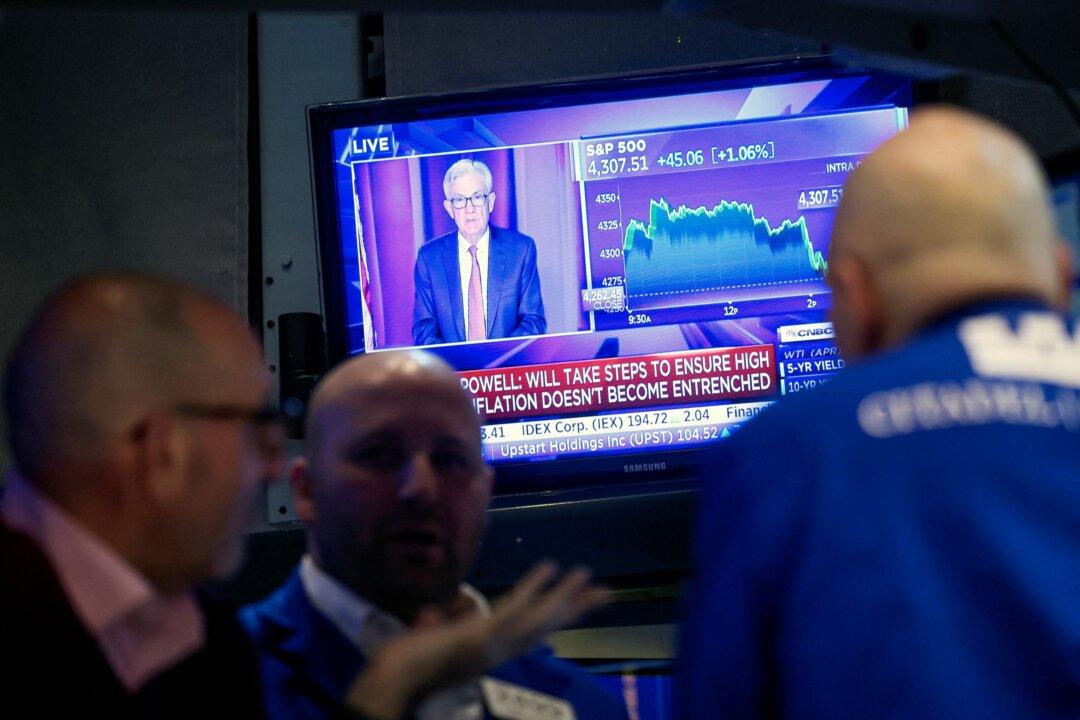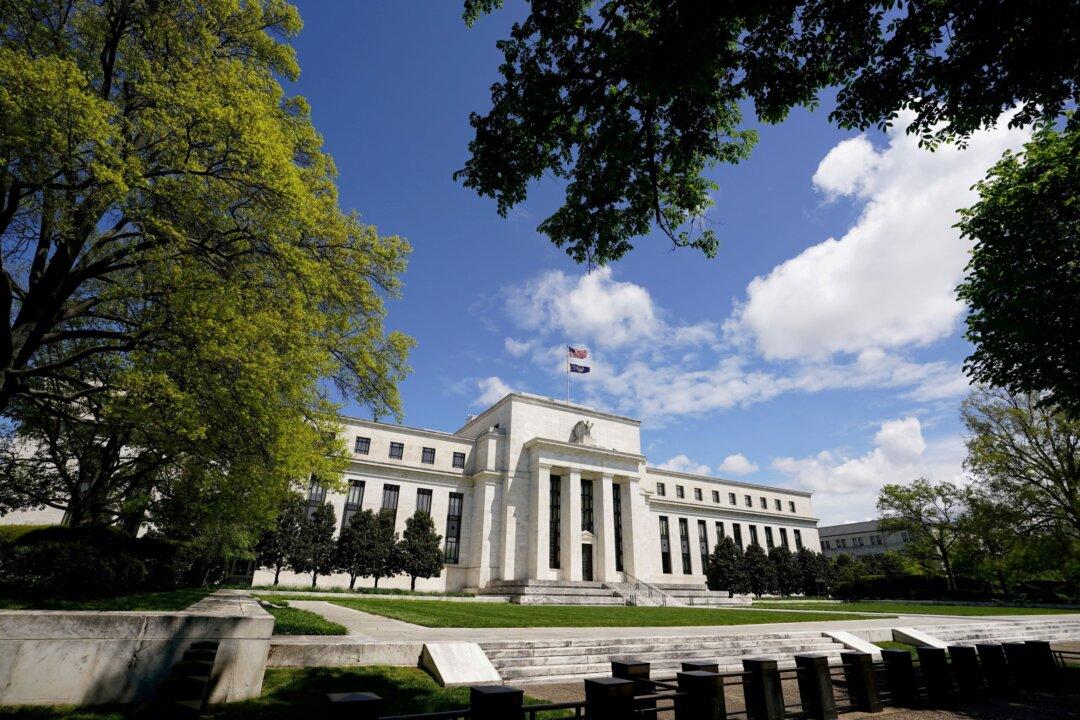Australia’s unprecedented run of almost 30 years without a recession is all but over. The ABS’s release of the national accounts on Wednesday confirmed that Australia’s economy has contracted by 0.3 percent over the March quarter. And with the next release for the June quarter all but certain to be negative, with the economic impacts of the coronavirus restrictions in full effect, Australia will post two negative quarters of growth to be in a “technical recession.”
A recession in generally defined as two consecutive quarters of economic contraction. The last time Australia experienced a recession was in 1991.




